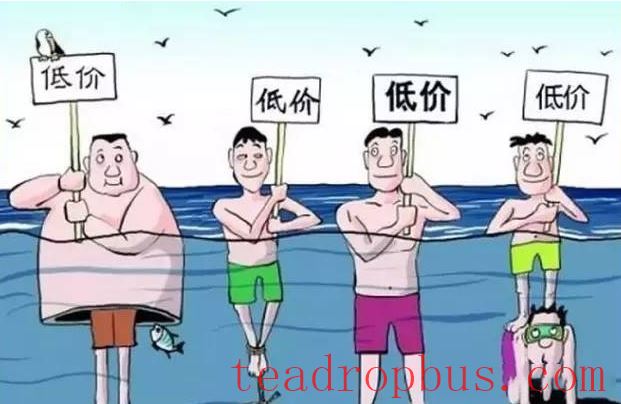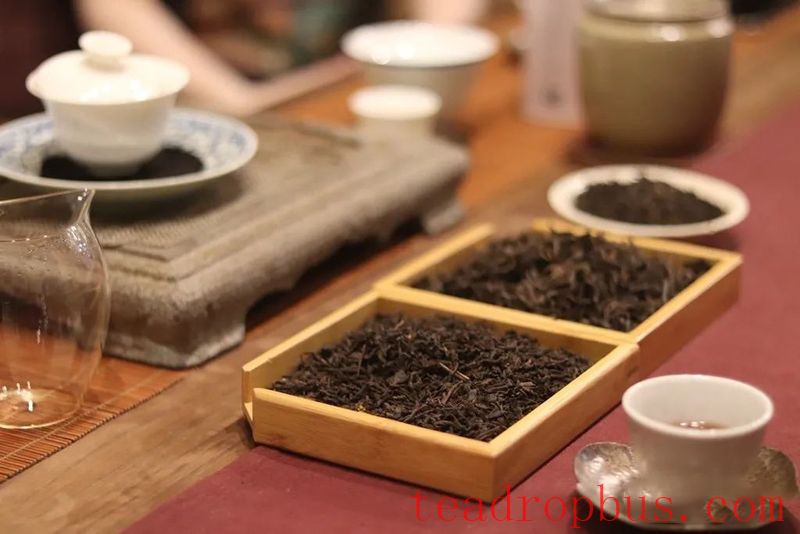As the saying goes, you get what you pay for, and it takes real effort to command a hundred-dollar price. In daily consumption, price is often recognized as the simplest selection criterion, and many people like to measure value by price.
Tea enthusiasts often ask: Why do some Heipao teas from the same year cost thousands, while others are only in the hundreds? I would say that you get what you pay for, a principle that has stood the test of time.

Let's take a look at what factors determine the price of Heipao tea:
1) Quality of the tea: Quality is always the foundation of a product's price. The quality of Heipao tea is determined by its raw material, processing, storage, and age. Therefore, age is not the sole factor determining the price of Heipao tea.
High-quality raw materials form the base, mature processing techniques are key, good storage elevates the tea, and the passage of time allows it to settle. A good Heipao tea must withstand scrutiny both inside and out to provide drinkers with a dual pleasure of taste and sensation. The better the quality, the higher the price.

2) Brand premium: Brand value is also a significant factor. In the market, the level of brand recognition can influence product pricing. Many consumers are willing to pay a premium for a good brand, integrating it into their lives and creating a unique personal label and set of values.
A brand not only symbolizes the quality of the product but also represents the consumer's identity, showcasing their taste and discernment, and satisfying their psychological need for social status. The intangible added value generated by the brand provides deeper emotional satisfaction to consumers.
Last year, we discussed in an article that the Heipao tea industry is transitioning from simple product competition to an era of brand competition. This is because products are easily replicated, but brands are not.
3) Issued quantity: Limited-edition, commemorative, or award-winning teas may be priced higher than other products from the same brand due to their rarity and special significance, which can lead to additional premiums.
Therefore, when considering the price of Heipao tea, we should take a comprehensive view. It includes not only the tangible value of the product itself but also many intangible values. Generally speaking, the principle of getting what you pay for still holds true.
However, we must also be aware of two points:
1) Examine the merchant's integrity: The integrity of merchants is tested in buying and selling. If the quality of a tea is subpar, or if there is any misrepresentation regarding its age, and the merchant does not act honestly but instead marks it at an unequal price, they fail to achieve even the most basic standard of genuine goods at a fair price. In this case, the principle of getting what you pay for does not apply.
2) Improve your appraisal skills: Outsiders focus on price, insiders on value. Only by continuously improving your appraisal skills can you identify unscrupulous merchants' tactics and avoid missing out on good deals due to insufficient understanding of the product's value. “What suits one's palate is precious” cannot simply equate to the quality of the tea!
Do not focus solely on price without considering value; the principle of getting what you pay for remains relevant today.
For things you understand, spend more to buy quality; for things you don't understand, ask more questions, spend less, and buy what suits you.
If there is any infringement, please contact us for removal.